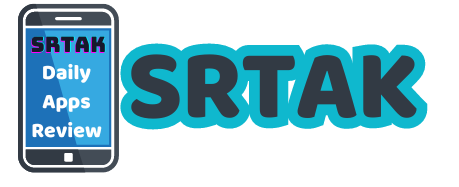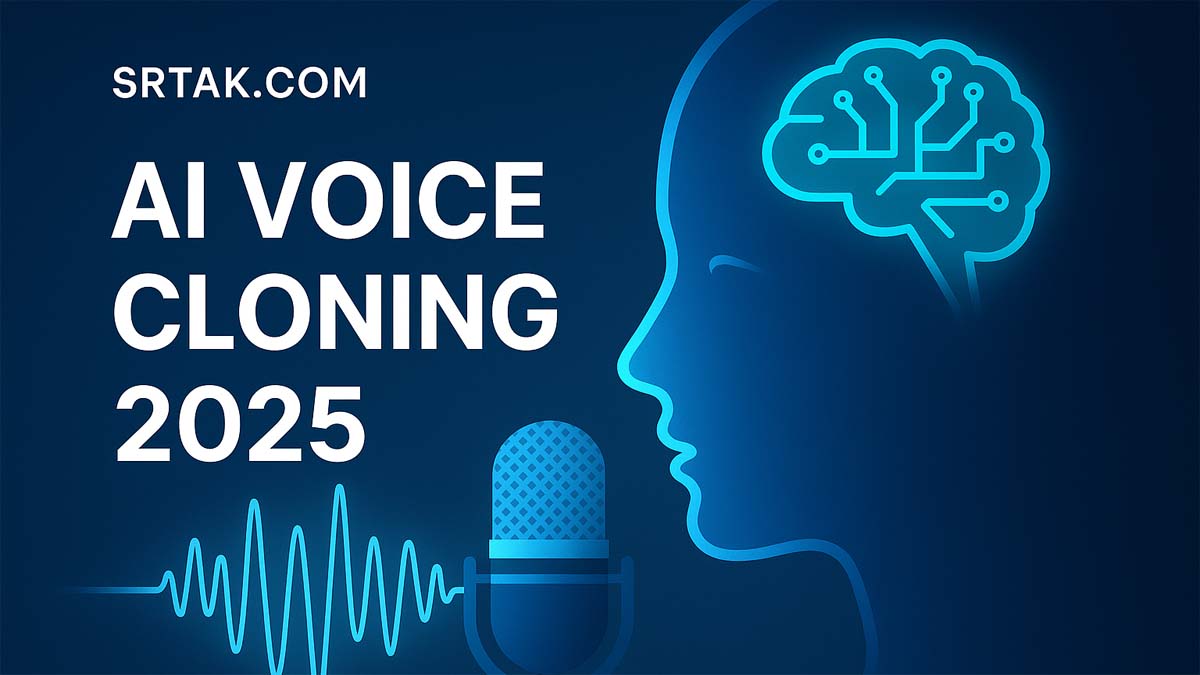AI Voice Cloning 2025 – The Rise of Deepfake Audio and Its Global Impact
AI voice cloning has become one of the most controversial yet fascinating technologies of 2025. Using advanced deep learning and generative models, artificial intelligence can now replicate human voices with near-perfect accuracy — from tone and accent to emotional inflection.
While this innovation enables positive use cases in accessibility, content creation, and entertainment, it also raises serious concerns about misinformation, impersonation, and fraud.
In this article, we explore how AI voice cloning has evolved, where it’s being used, and how countries are trying to regulate it before it becomes uncontrollable.
What is AI Voice Cloning?
AI voice cloning is the process of generating synthetic speech that sounds identical to a specific person’s voice.
Using neural networks trained on hours of voice recordings, systems like OpenAI’s Voice Engine, ElevenLabs, and Resemble AI can create custom voices that mimic real humans.
This process involves:
-
Collecting short audio samples (as little as 3–10 seconds).
-
Training an AI model on the speech pattern and tone.
-
Synthesizing new audio where the cloned voice says any sentence written as text.
The technology behind it relies on text-to-speech (TTS) and generative adversarial networks (GANs) — the same foundation used in deepfake video creation.
How AI Voice Cloning Works Technically
AI voice cloning relies on two primary models:
1. Speech Encoder
Analyzes and extracts unique features of a person’s voice, such as pitch, rhythm, and pronunciation patterns.
2. Decoder (or Vocoder)
Uses those features to generate synthetic speech from text.
The result is a clone of the speaker’s voice that can deliver entirely new sentences — something they never actually said.
Recent improvements in transformer-based architectures, such as Meta’s VoiceBox and OpenAI’s Whisper 3, have made cloned voices nearly indistinguishable from real ones.
The Positive Side of Voice Cloning Technology
Despite its reputation for misuse, AI voice cloning offers several legitimate and transformative use cases.
1. Accessibility and Voice Restoration
People who lose their voice due to illness or surgery can now have their natural voice digitally restored using recordings from before their condition.
Companies like Sonantic and ElevenLabs have worked with healthcare organizations to create personalized voice prosthetics.
2. Localization in Entertainment
Film studios are using cloned voices for multilingual dubbing. Instead of hiring multiple actors, AI can translate and replicate the same actor’s original tone across languages.
For example, Netflix tested this with several international releases in 2025.
3. Personalized Voice Assistants
Voice cloning is being used to create AI assistants that sound like celebrities, influencers, or even family members.
This enhances user engagement and emotional connection with digital devices.
4. Gaming and Content Creation
Game developers use AI voice models to generate character dialogues without large budgets.
Independent creators use these tools for YouTube videos, podcasts, and audiobooks, cutting production time drastically.
For example, ElevenLabs’ free voice generator is now integrated with major creative tools like Descript and Runway ML.
The Dark Side: Deepfake Audio and AI Scams
As with any powerful technology, AI voice cloning also has a darker side.
Deepfake audio has become one of the biggest security threats of 2025, especially in financial and political contexts.
1. Financial Scams
Criminals use cloned voices of CEOs or family members to trick employees into transferring funds or revealing sensitive information.
In early 2025, several European banks reported scams where fraudsters used AI-generated voices over the phone to impersonate executives.
(Source: Reuters)
2. Political Disinformation
Deepfake audio clips of political leaders have gone viral on social media, influencing public opinion before elections.
Platforms like X (Twitter) and YouTube are now adding AI detection layers to verify the authenticity of voice clips.
3. Privacy and Consent Violations
Cloning someone’s voice without permission is increasingly common.
Even though most companies have consent-based policies, open-source voice models can be misused easily by anyone.
4. Emotional Manipulation
AI-generated voices have been used to create fake distress calls and emotional blackmail scams, leading to legal and ethical questions about synthetic voice use.
Countries Responding with Regulations
Governments and regulatory bodies are moving quickly to address the misuse of AI voice cloning.
-
United States: The Federal Trade Commission (FTC) announced in 2025 that AI voice impersonation will be treated under identity fraud laws.
(FTC Announcement) -
European Union: Under the new AI Act 2025, creators of synthetic media must disclose whether voices or videos are AI-generated.
(European Commission – AI Act) -
India: The IT Amendment 2025 mandates watermarking of synthetic audio and visual content.
-
Canada and Australia: Both nations are developing “AI transparency frameworks” requiring explicit consent for voice model creation.
How to Detect AI-Generated Voices
Detection tools are also improving rapidly.
AI researchers are developing forensic models that analyze:
-
Spectral inconsistencies (minor artifacts unique to AI audio)
-
Background noise irregularities
-
Prosodic mismatches (unnatural emotion transitions)
Companies like Deepware Scanner, TrueMedia, and Reality Defender now offer APIs for verifying whether an audio sample was AI-generated.
However, as models like OpenAI’s Voice Engine continue to evolve, detection is becoming harder.
The Future of AI Voice Cloning (2026 and Beyond)
By 2026, AI voice cloning is expected to become a $3.4 billion industry, according to Grand View Research.
As adoption grows, new ethical frameworks and watermarking techniques will likely become standard.
Some of the upcoming trends include:
-
Real-time voice translation across languages
-
AI-powered podcast production using cloned narrators
-
Personalized voice commerce in advertising and customer service
-
Encrypted watermarking for digital authenticity
Experts believe that by 2030, over 40% of all audio media will contain some level of AI assistance.
How Individuals and Businesses Can Protect Themselves
-
Use Verification Tools – Always confirm the source of voice messages, especially in financial or corporate communications.
-
Educate Teams – Businesses should train employees to identify deepfake voice scams.
-
Legal Consent – Never use someone’s voice in an AI system without written consent.
-
Opt for Trusted Platforms – When using voice generators, prefer verified services such as ElevenLabs, Resemble AI, or OpenAI Voice Engine.
-
Demand Transparency – Support regulations requiring watermarking and disclaimers on synthetic media.
Final Thoughts
AI voice cloning in 2025 is both a groundbreaking innovation and a growing risk.
It is reshaping the creative and communication industries but simultaneously creating new ethical, legal, and security challenges.
While AI will continue to transform the way we use voice in digital content, success will depend on transparency, regulation, and responsible innovation.
The coming years will determine whether voice cloning becomes one of AI’s greatest tools — or its most dangerous invention.


